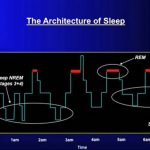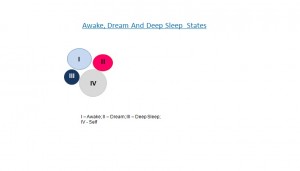[The latter part of the article requires a bit of mathematical (or at least arithmetic) orientation in the reader. If you know the addition, 1 + 1, that is enough. Otherwise, it could prove slightly boring!]
We shall tackle now the question of how we wake up to be what (we think) we were before we went to bed.
I said in my previous argument that our waking up to a new morning and into an awake state is comparable to another cycle of creation. So I suggest we examine how creation itself takes place.
From a scientific perspective, creation seems to be happening from ‘nothingness’ and dissolving back into nothing. Vedantins prefer to call nothingness as ‘Beingness’ simply because even ‘nothingness’ has to ‘Be.’
If we go by what Quantum Physics tells us, what we may refer to as ‘nothingness’ is not just emptiness. There is an enormous amount of energy in ‘Emptiness.’ Physicists have been able to measure this energy of empty space.
The energy within the empty space of the nucleus of an atom is the main reason for the weight of the nucleus (and hence of the matter we are all). The energy of the emptiness within the intergalactic space is the reason for the expanding universe causing the colossal and mighty galaxies to recede from one another at speeds exceeding the speed of light. This vast energy is the result of constant creation and annihilation of virtual particles smaller than sub-atomic particles. Thus creation-dissolution is an ongoing unstoppable roiling and boiling process from emptiness to emptiness within emptiness!


